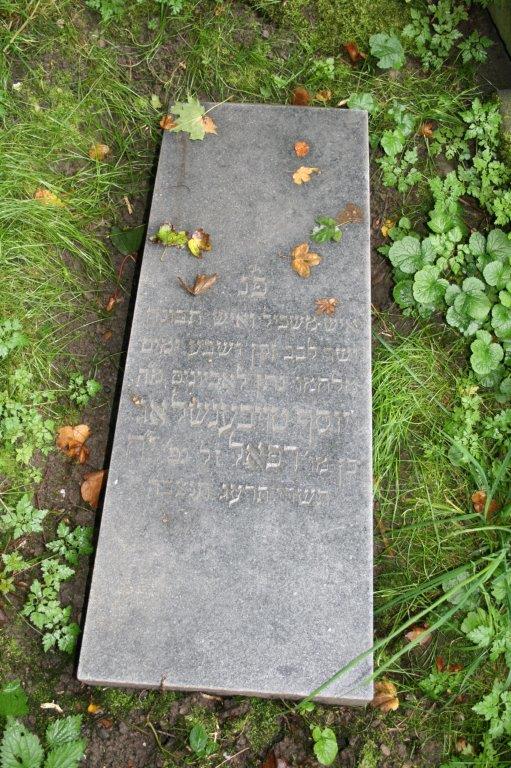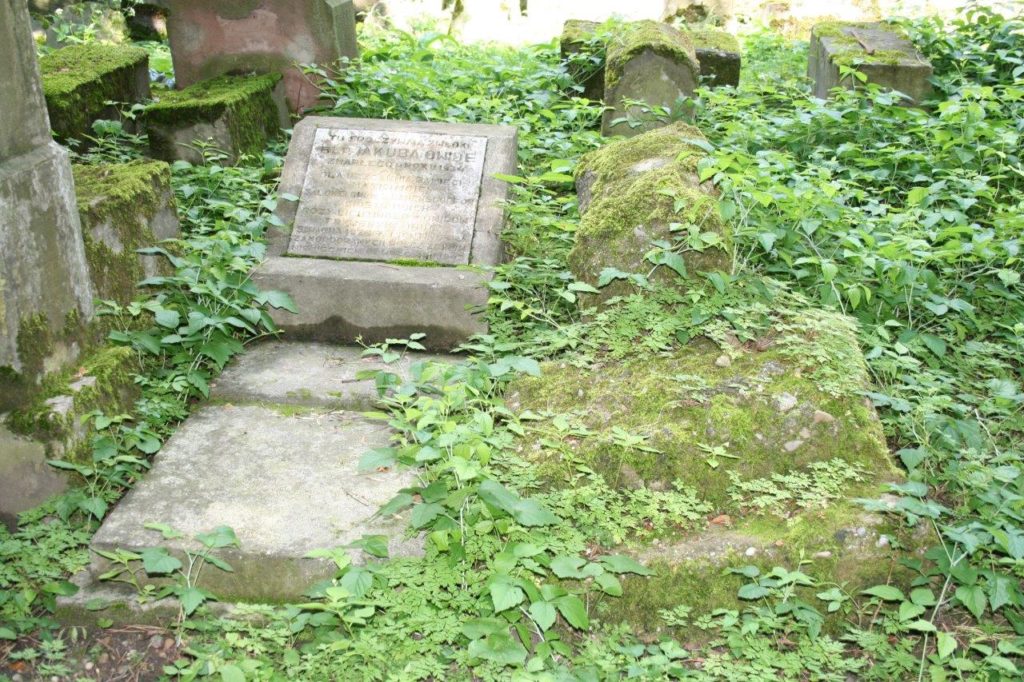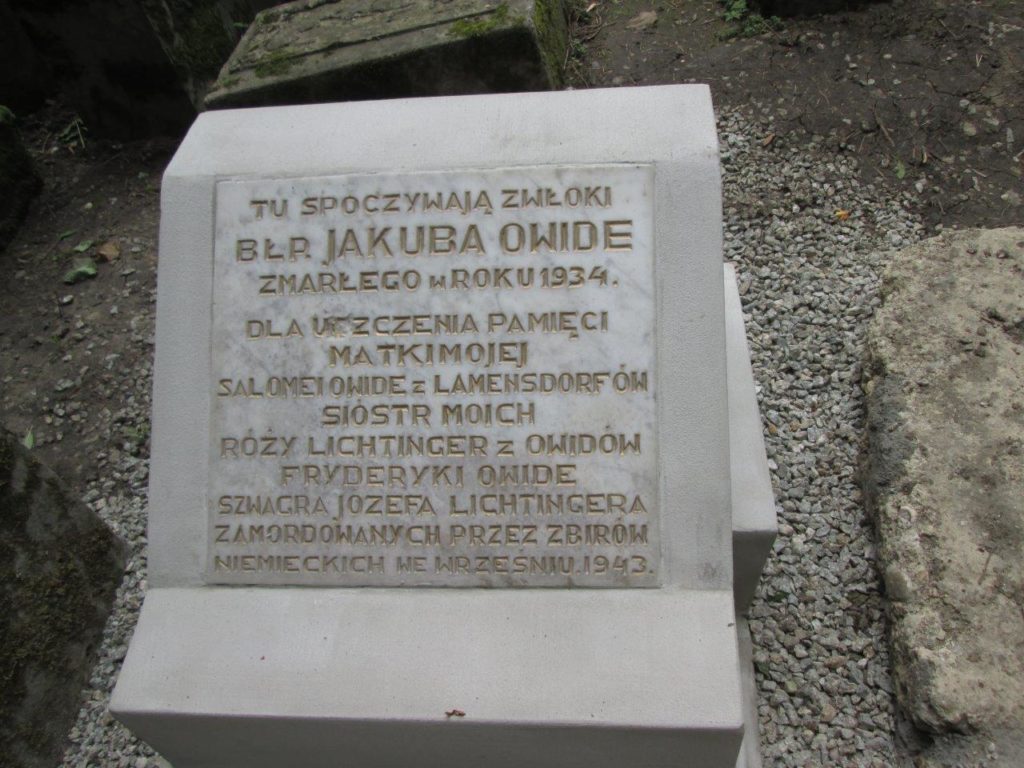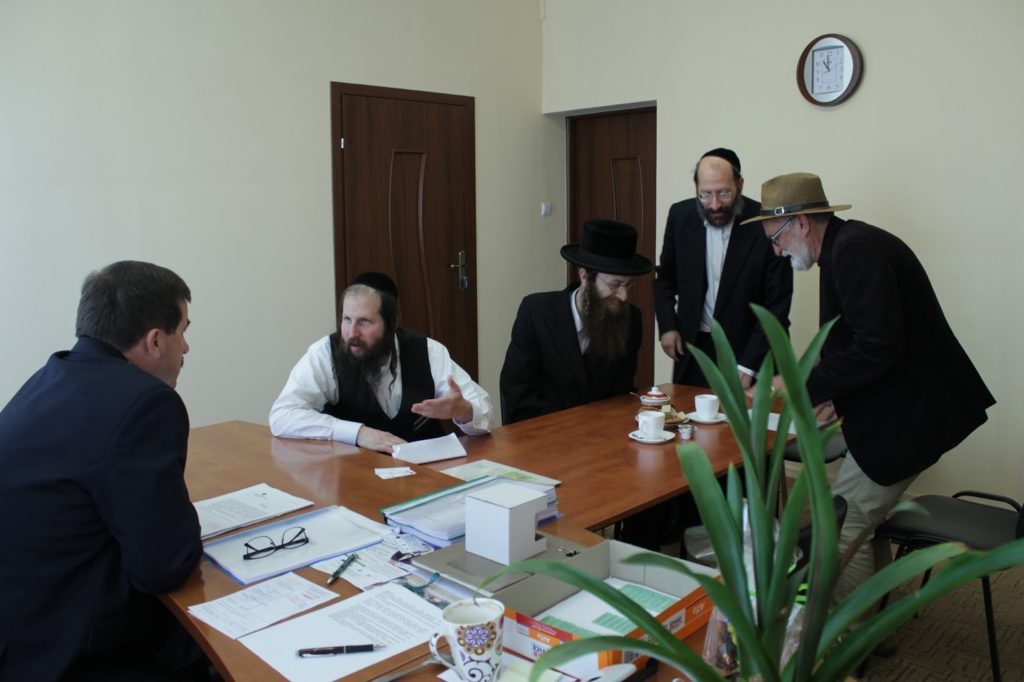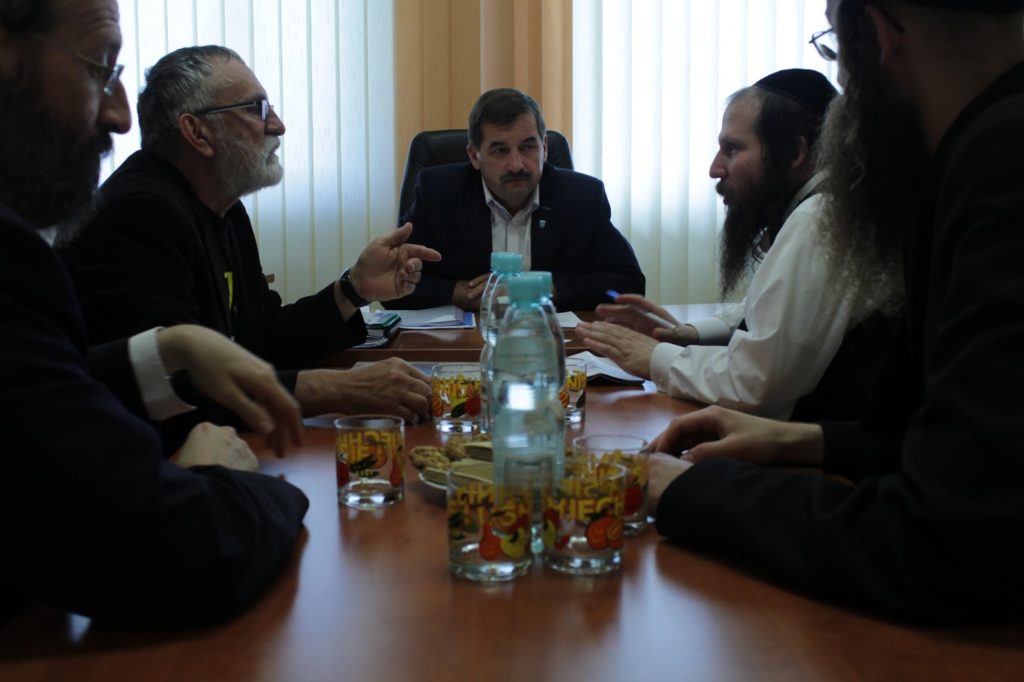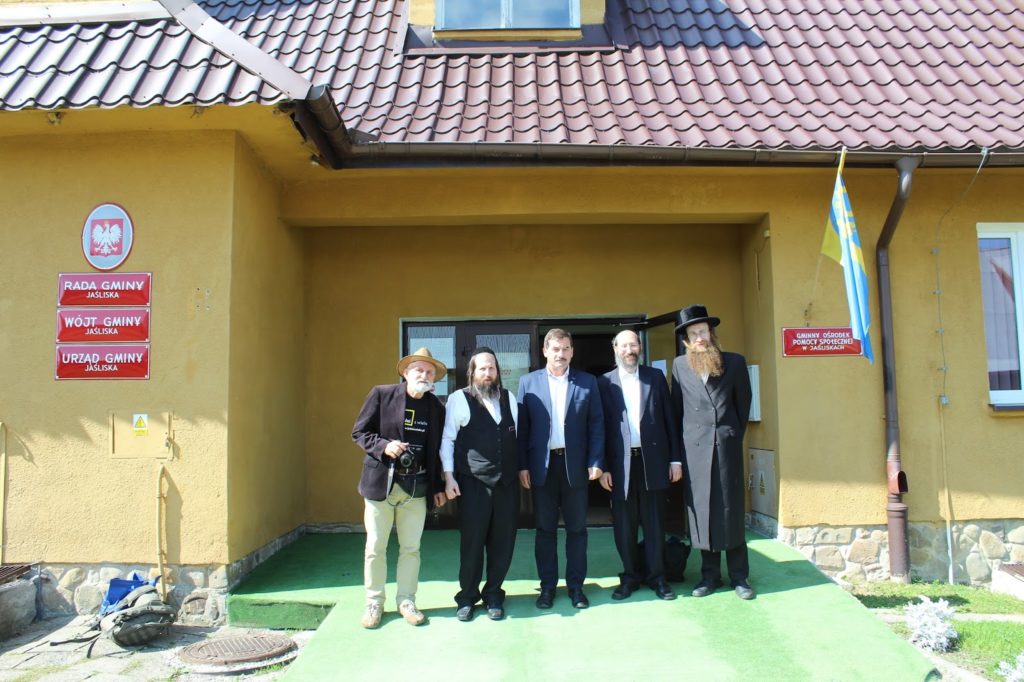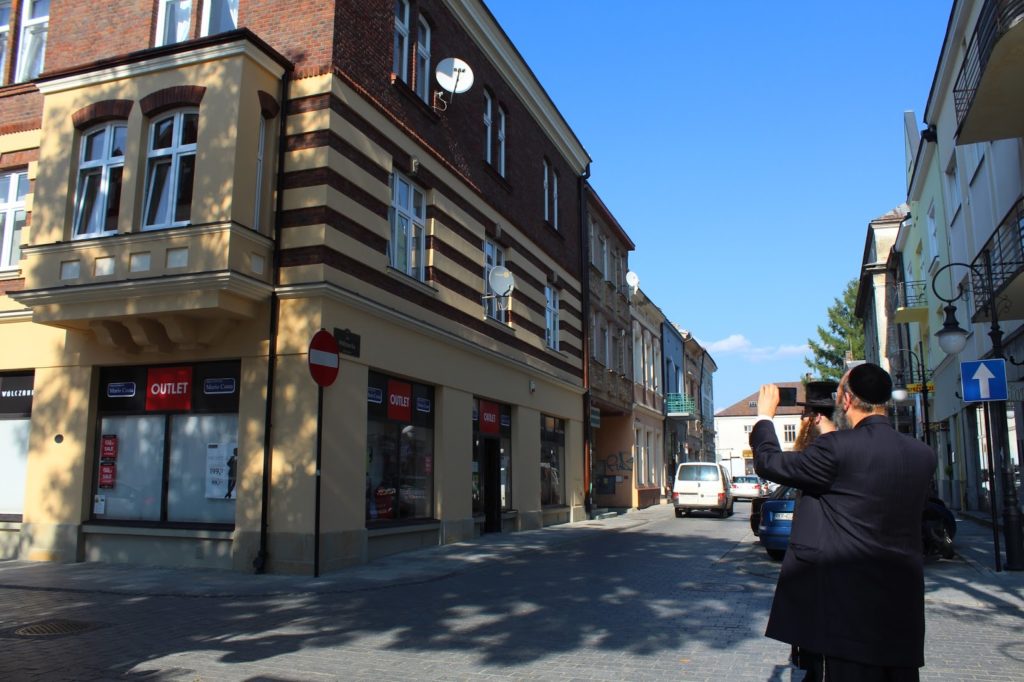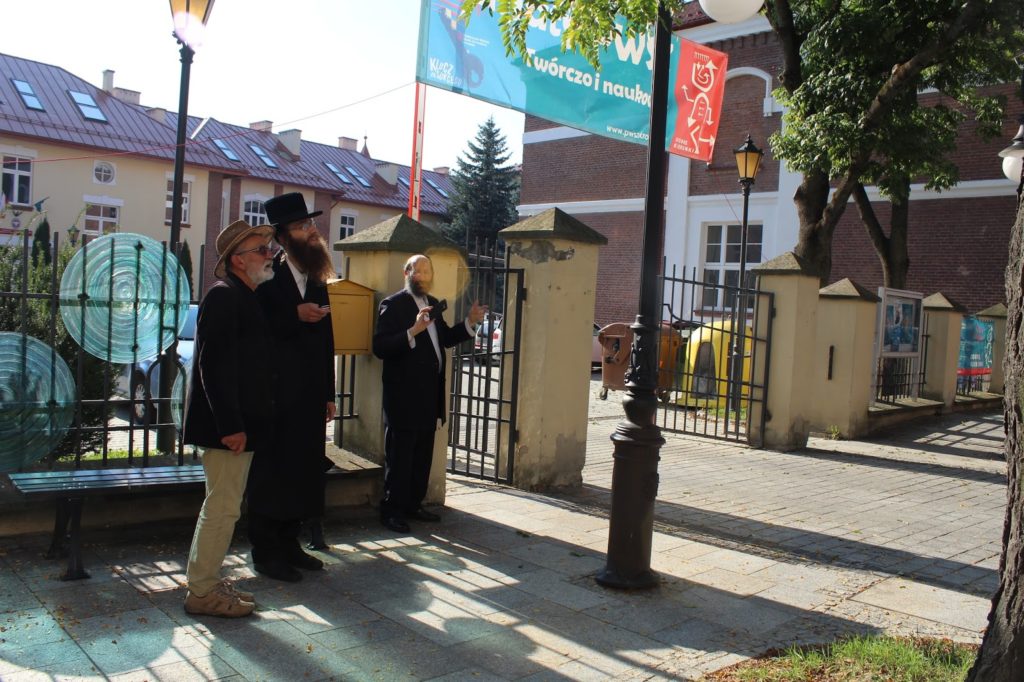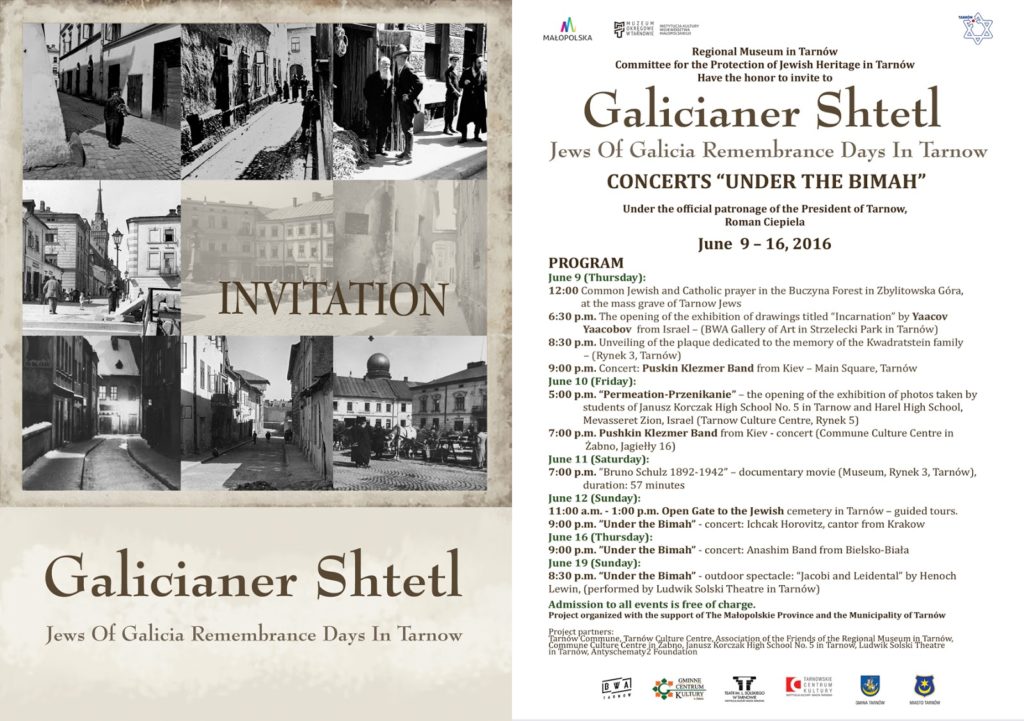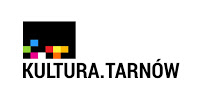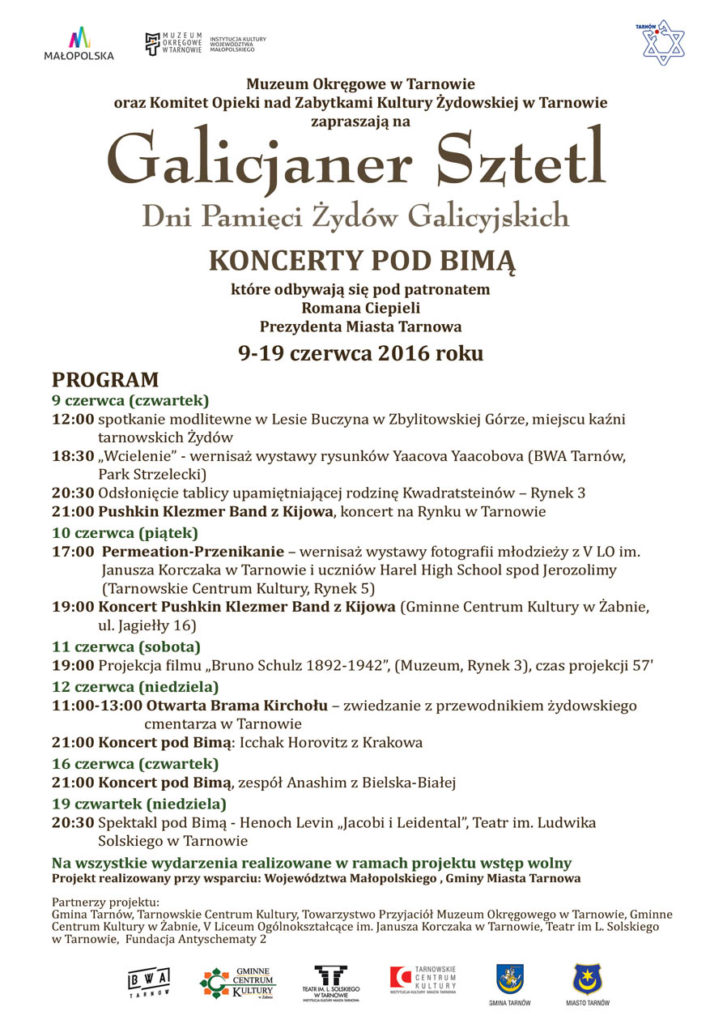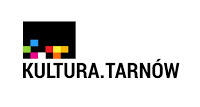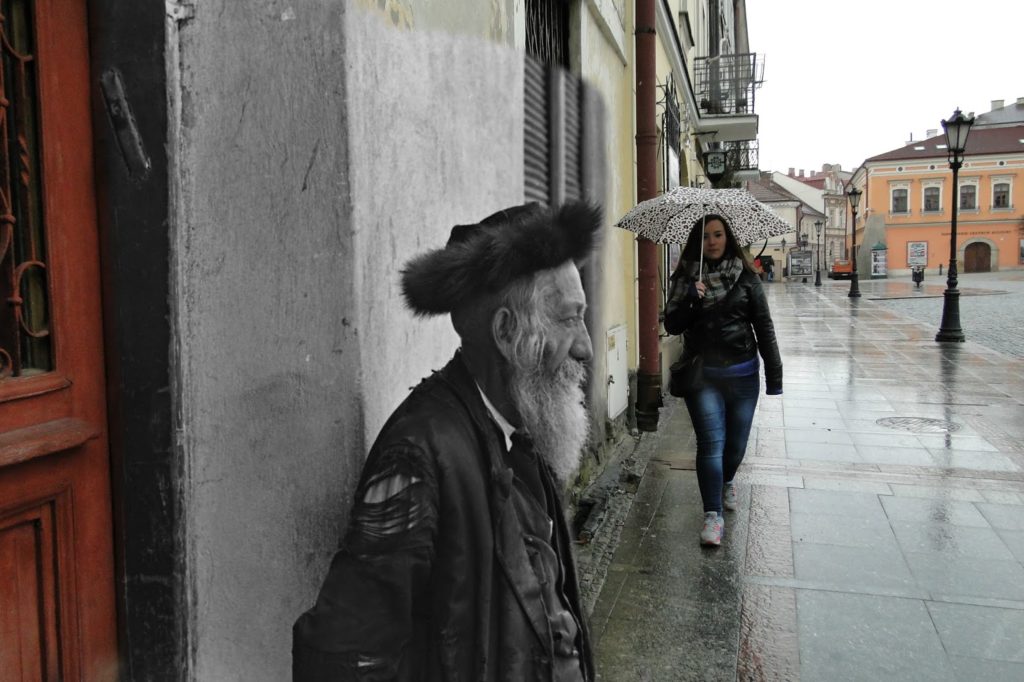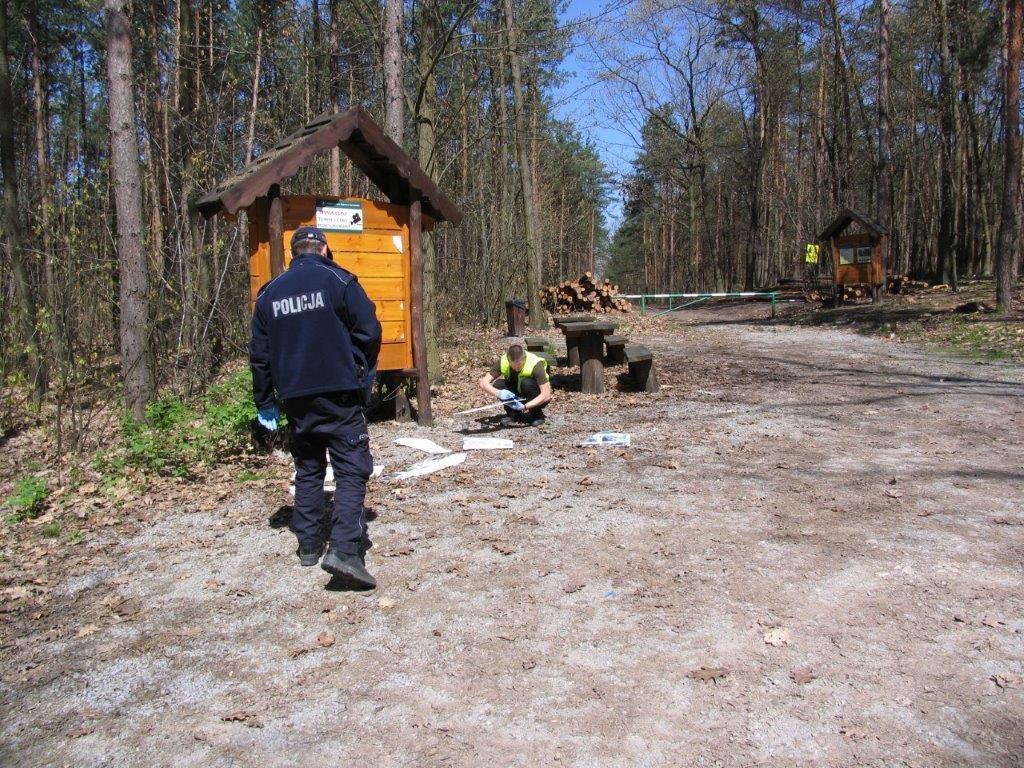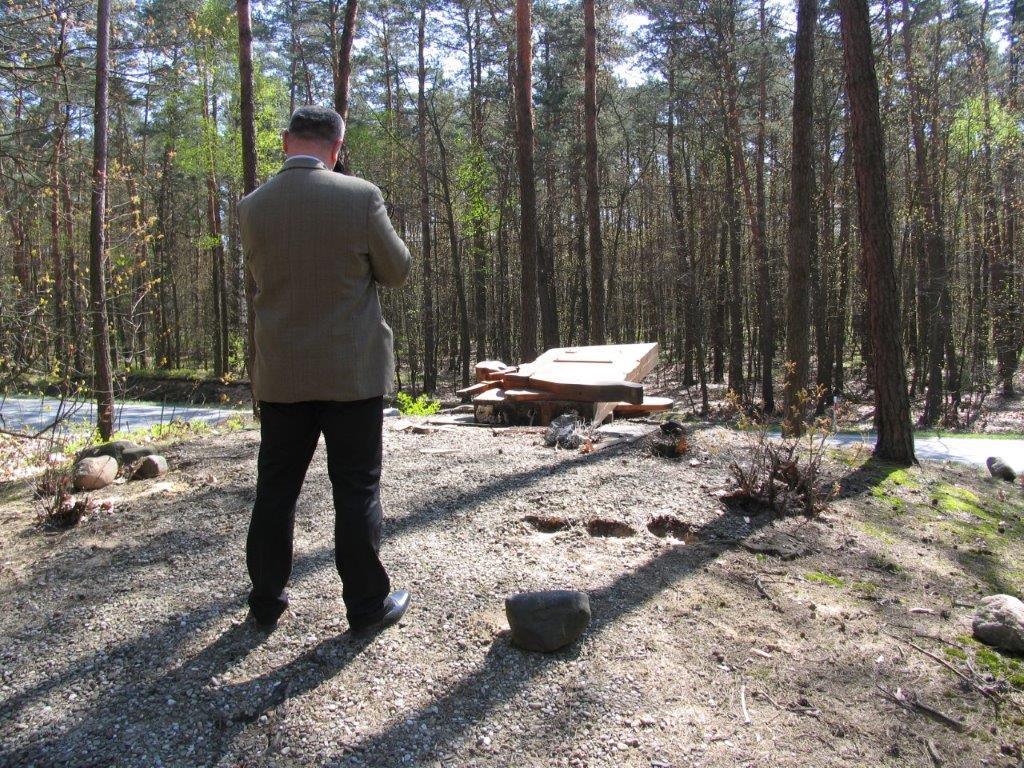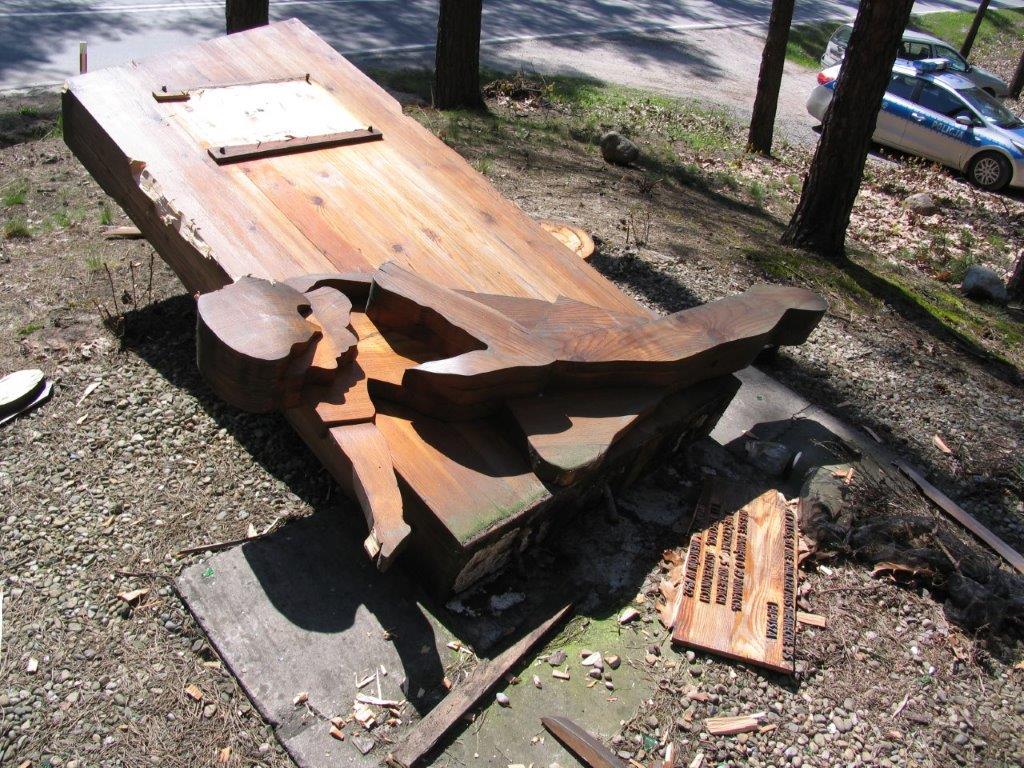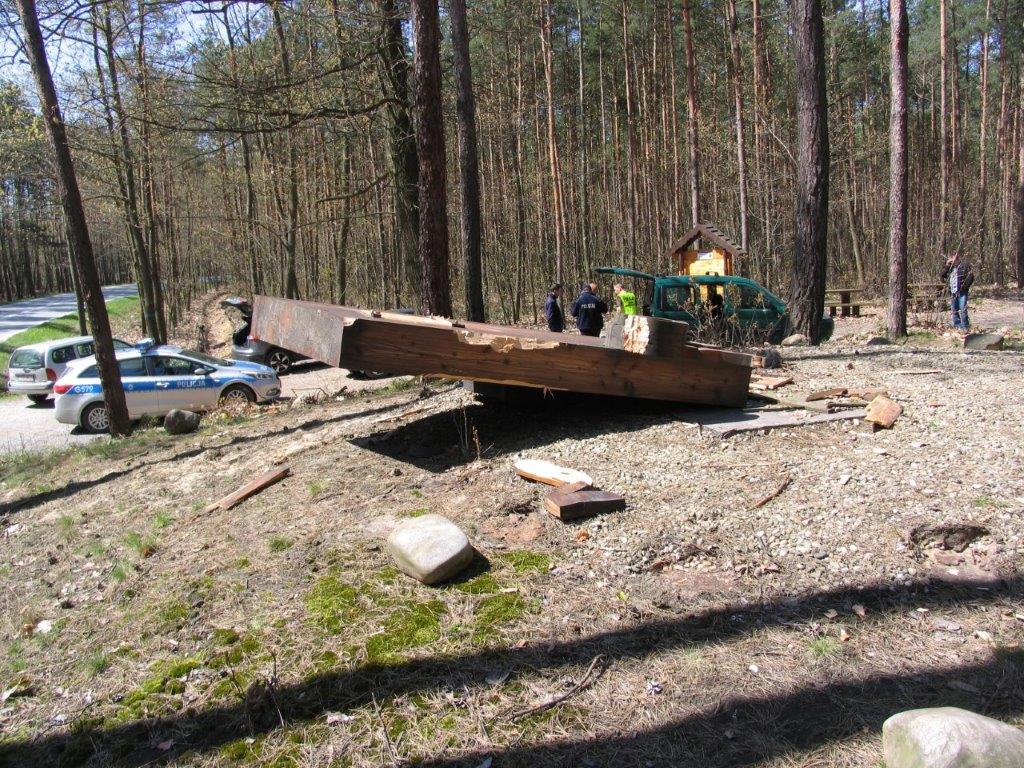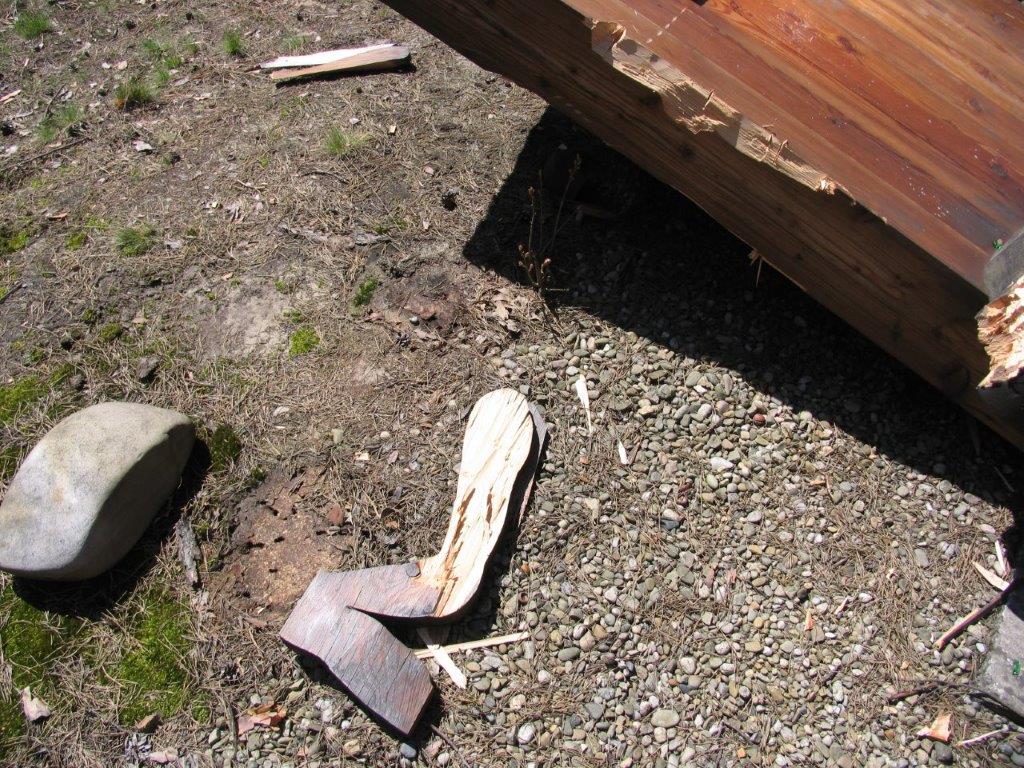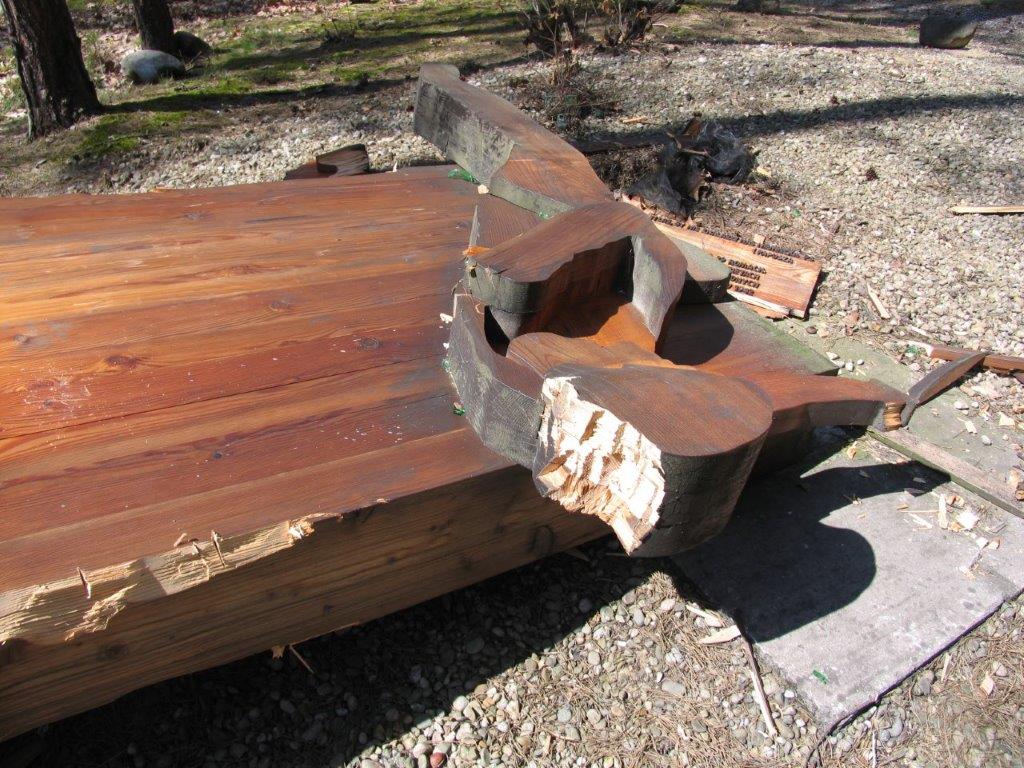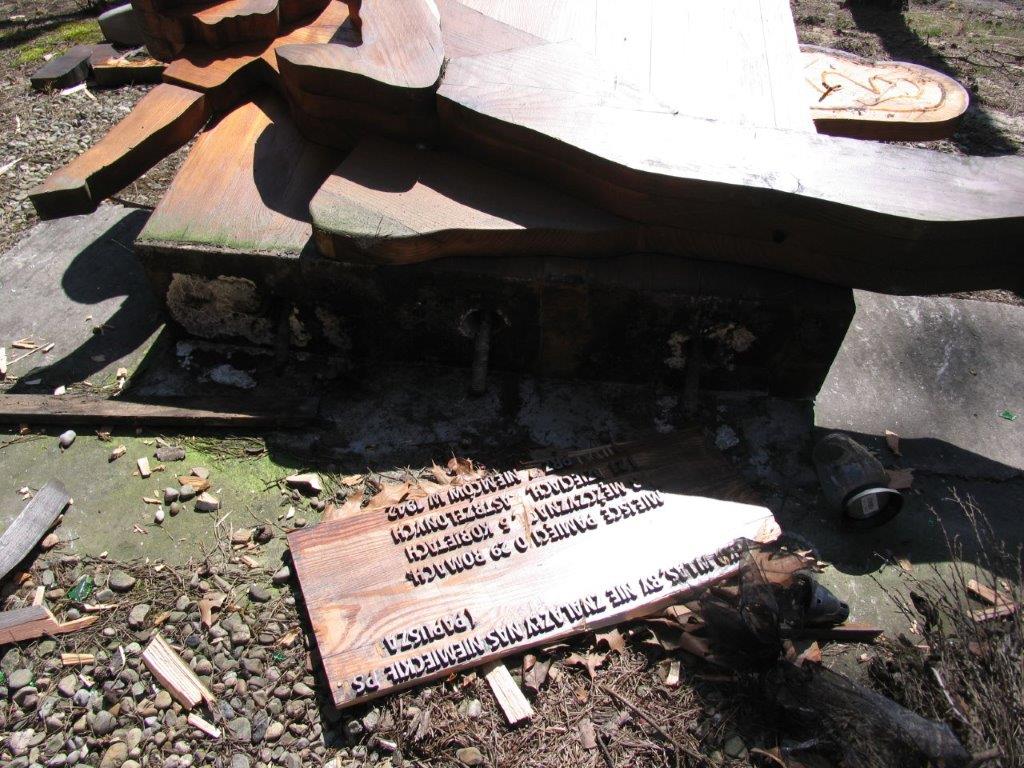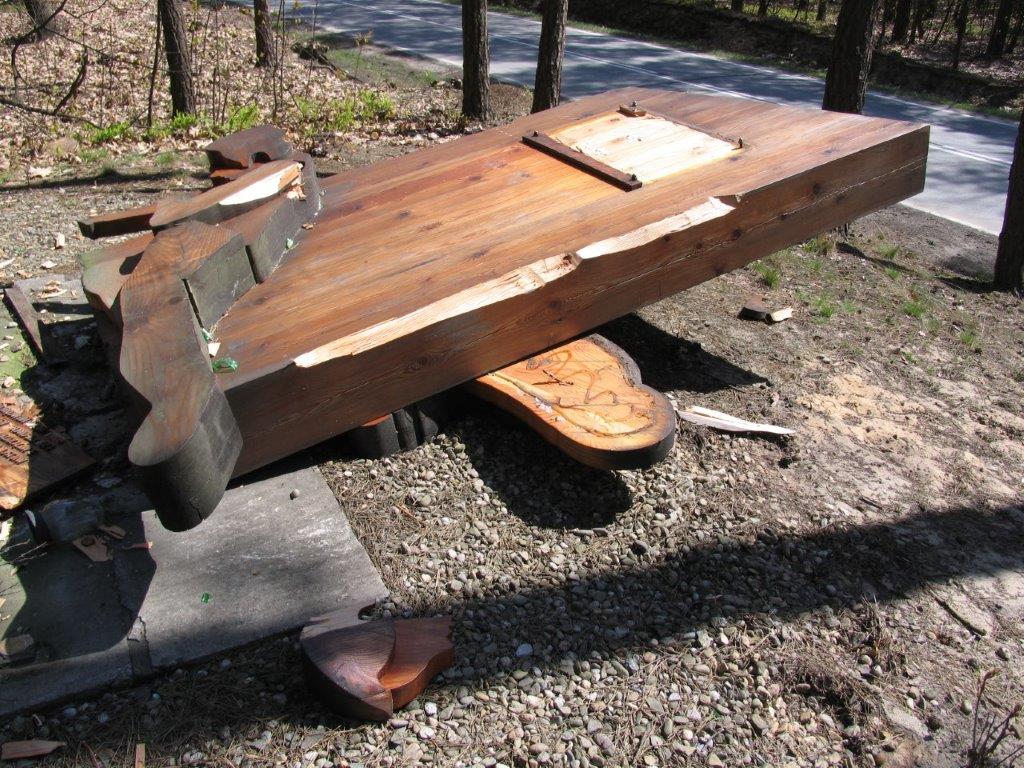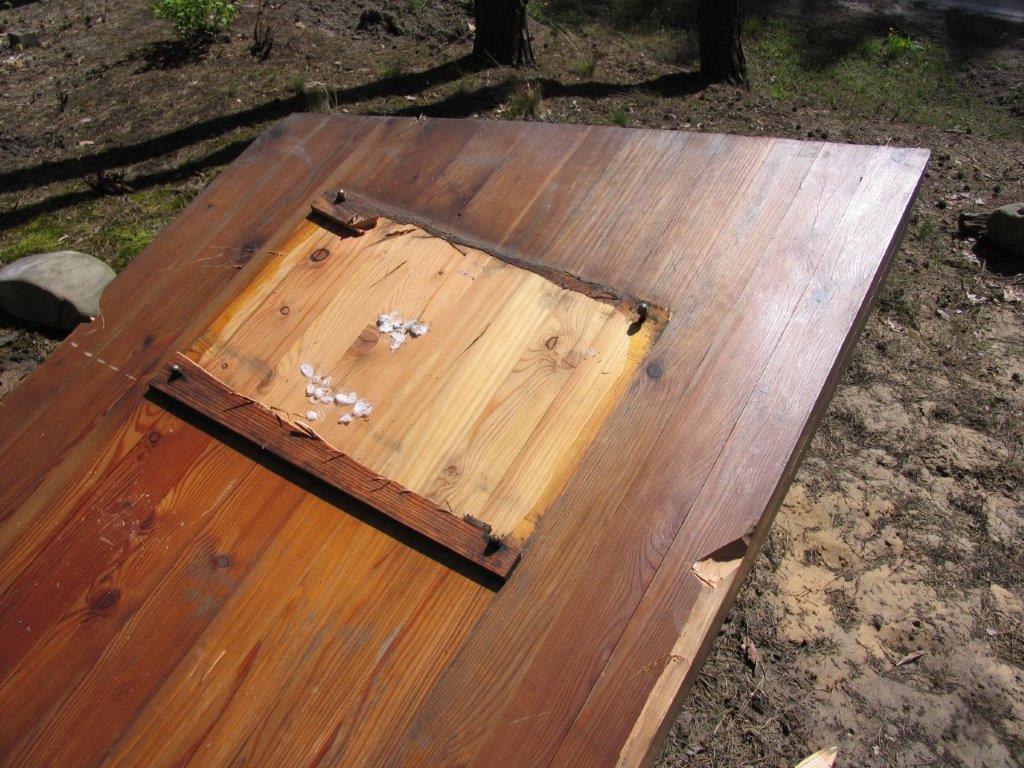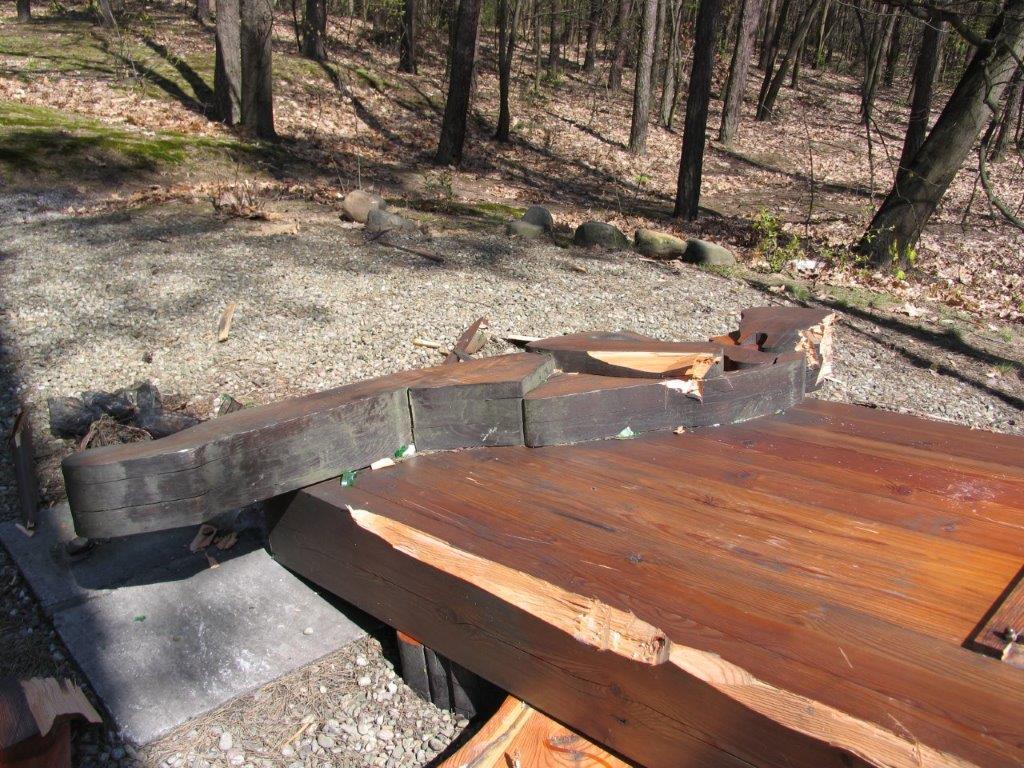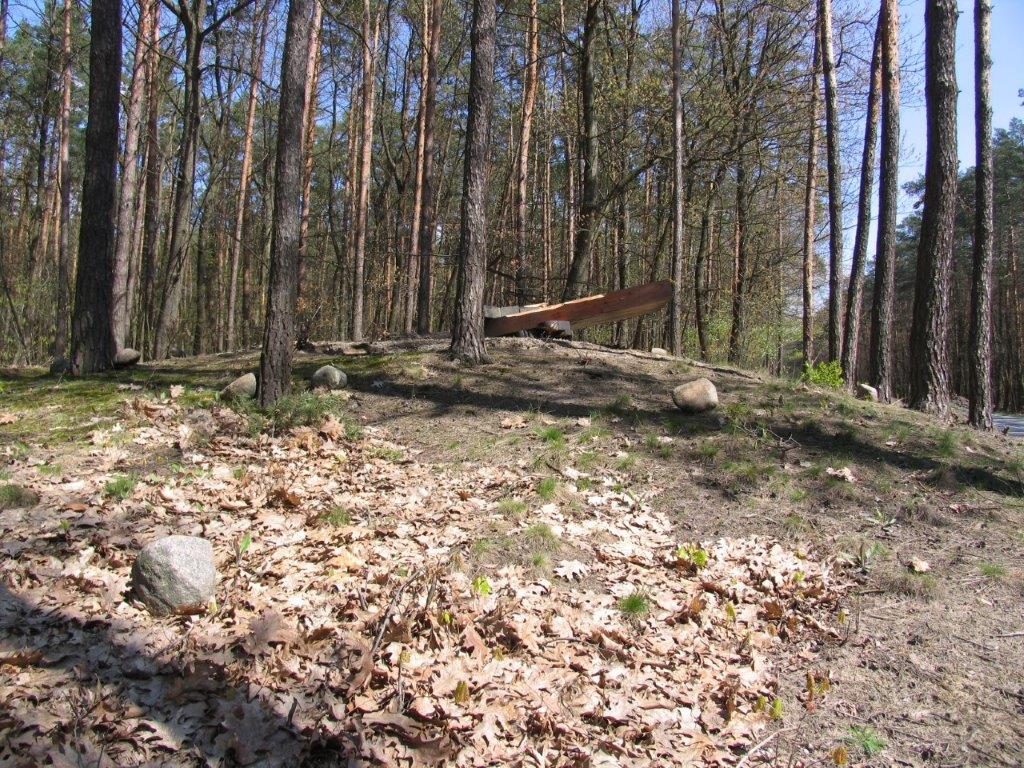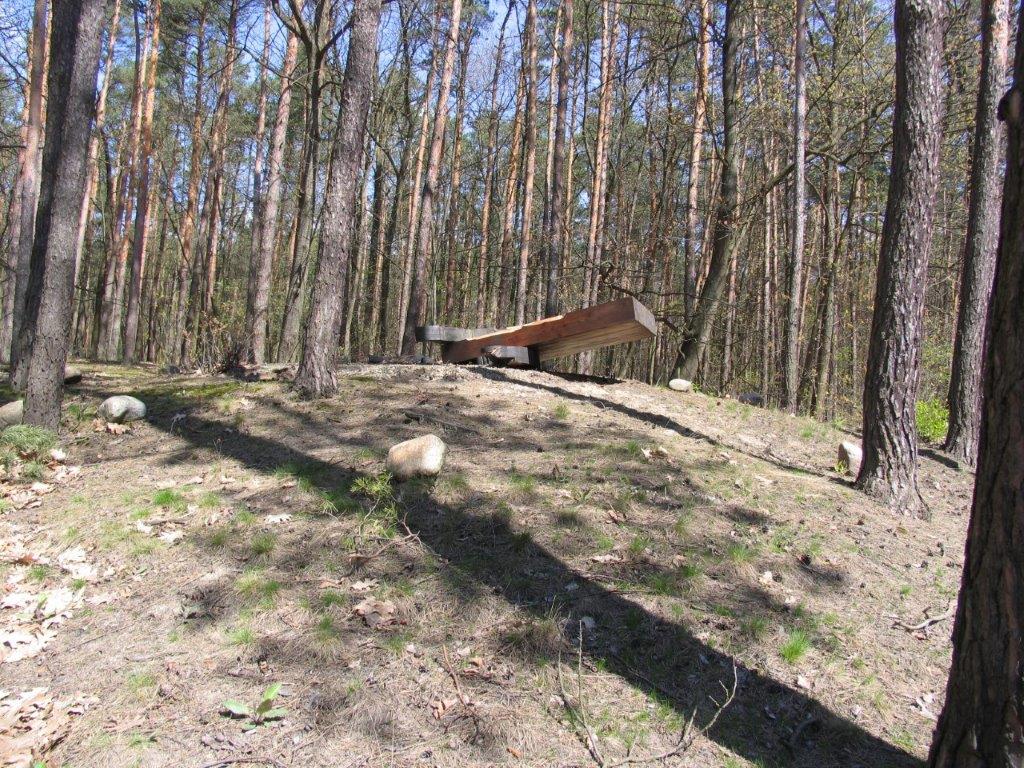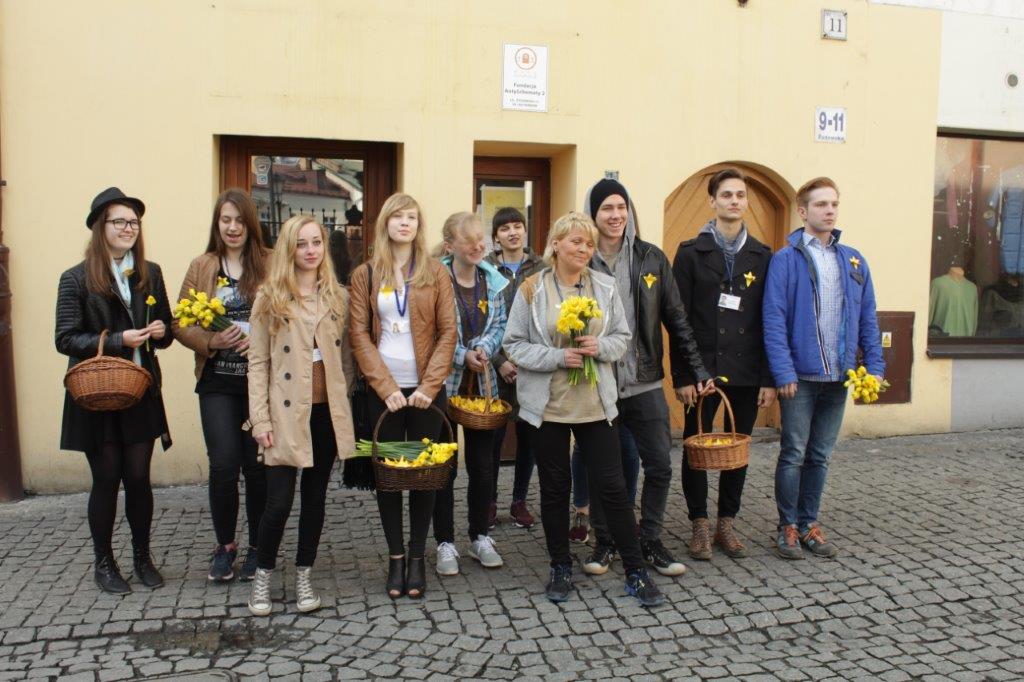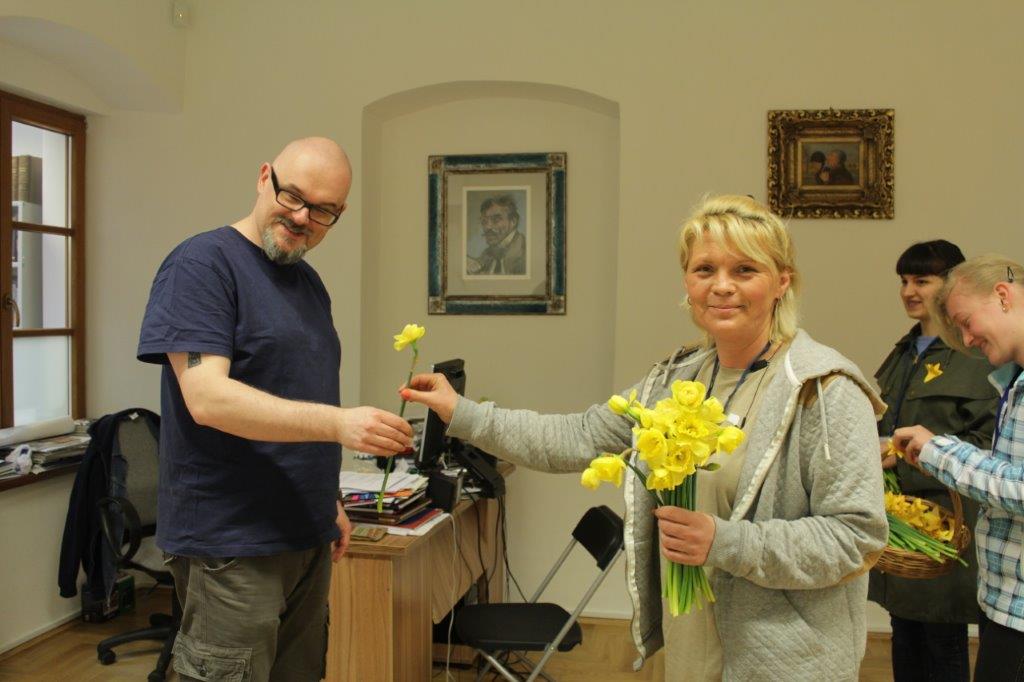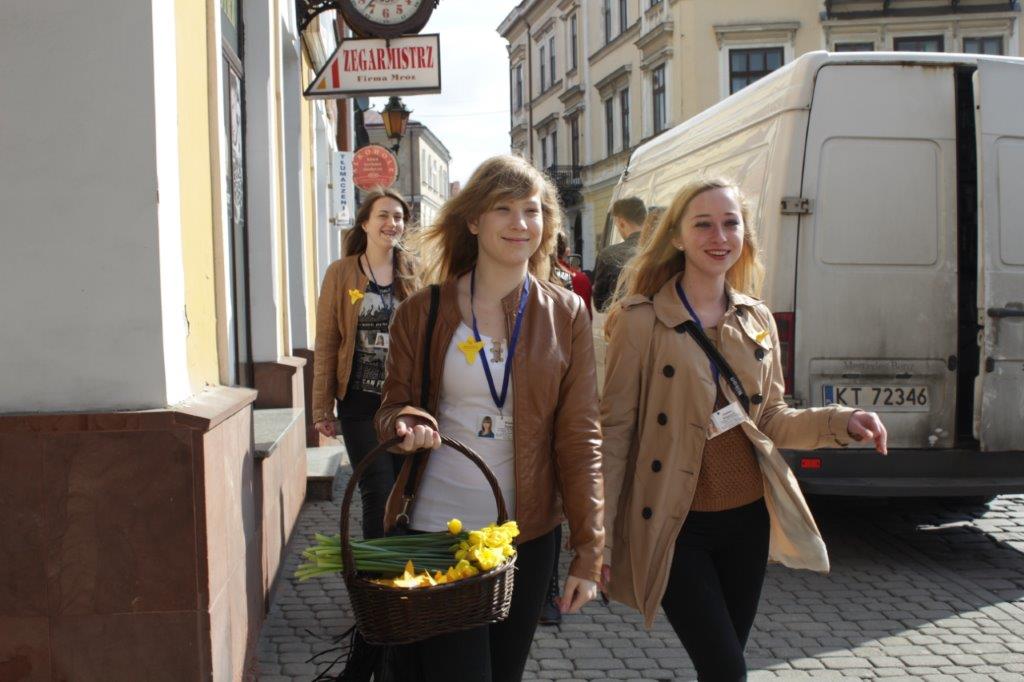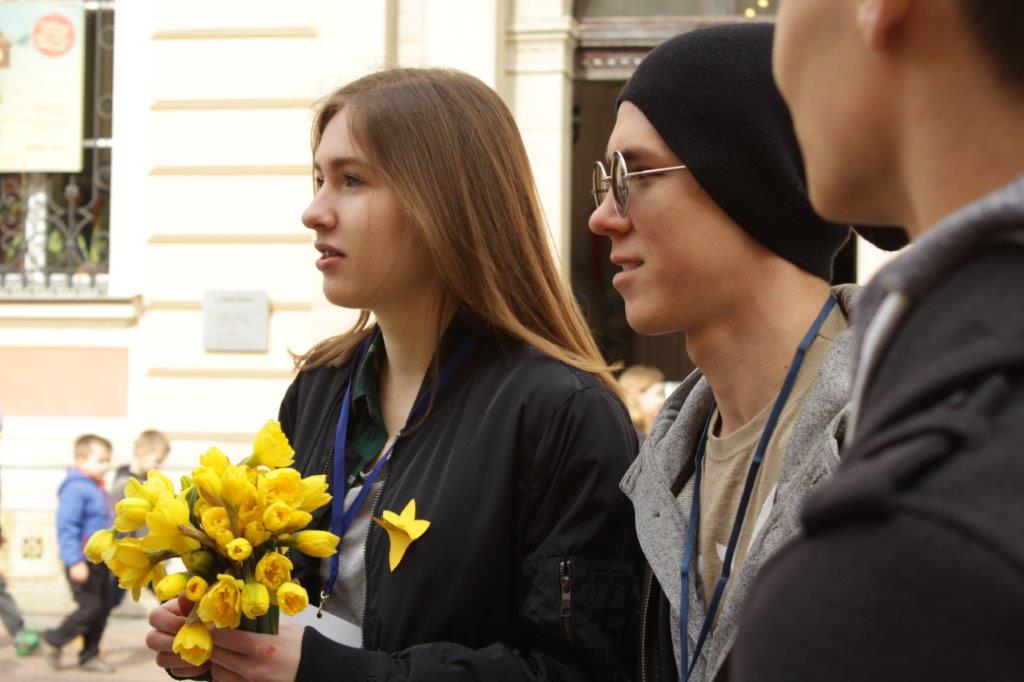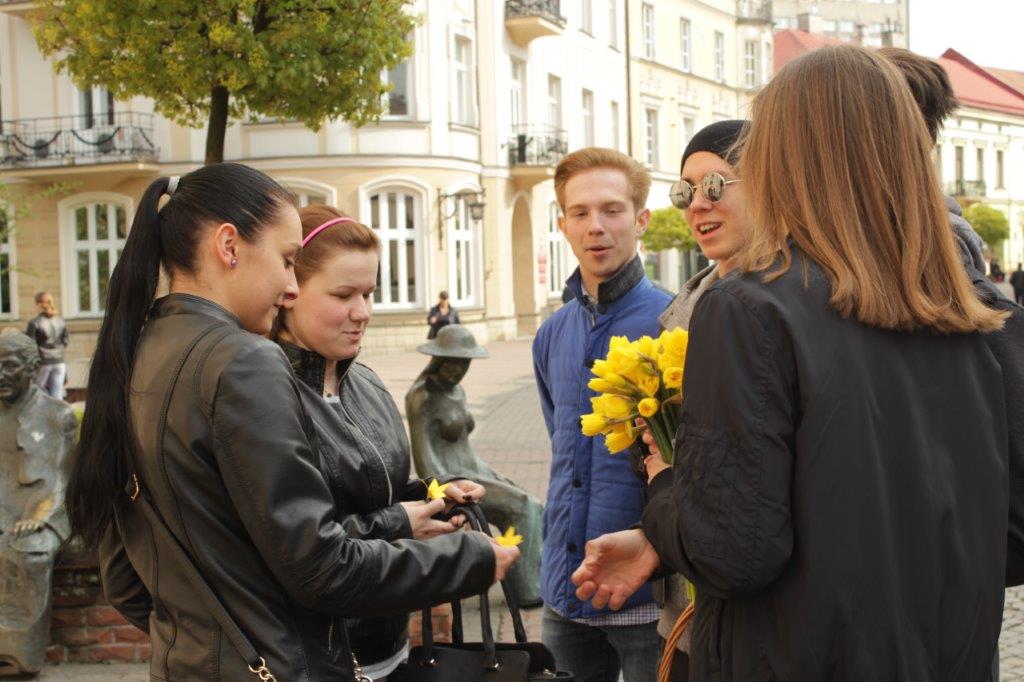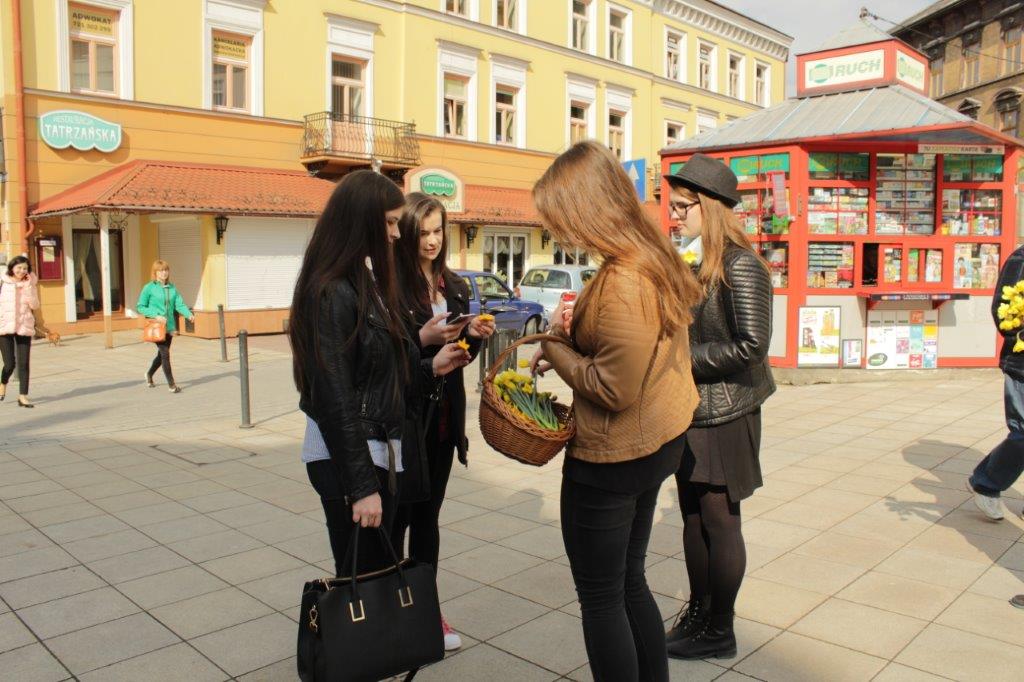Professor Dan Oren from Connecticut (USA) with his wife Jeannet and several
family members visited Tarnow cemetery in July this year. Unexpectedly they
founded a fallen piece of tombstone with the name Josef Taubenschlag.
They founded out that Josef Taubenschlag was uncle of prof. Dan Oren and
a distant relative of his wife. Family decided to outsource the
renovation of the monument and in October monument with our stood
renovated with help of Committee for the Protection of Jewish Tarnów. Please see some photos before and after renovation.
family members visited Tarnow cemetery in July this year. Unexpectedly they
founded a fallen piece of tombstone with the name Josef Taubenschlag.
They founded out that Josef Taubenschlag was uncle of prof. Dan Oren and
a distant relative of his wife. Family decided to outsource the
renovation of the monument and in October monument with our stood
renovated with help of Committee for the Protection of Jewish Tarnów. Please see some photos before and after renovation.
Profesor Dan Oren z Connecticut (USA)
wraz z żoną Jeannet i kilku członkami rodziny odwiedzili tarnowski cmentarz w
lipcu tego roku. Niespodziewanie trafili na zwalony fragment nagrobka z
nazwiskiem Josef Taubenschlag. Okazało się że to wujek Dana Orena i daleki
krewny jego małżonki. Postanowili zlecić remont pomnika, i oto w połowie
października pomnik z pomocą naszego Komitetu stanął odnowiony.
wraz z żoną Jeannet i kilku członkami rodziny odwiedzili tarnowski cmentarz w
lipcu tego roku. Niespodziewanie trafili na zwalony fragment nagrobka z
nazwiskiem Josef Taubenschlag. Okazało się że to wujek Dana Orena i daleki
krewny jego małżonki. Postanowili zlecić remont pomnika, i oto w połowie
października pomnik z pomocą naszego Komitetu stanął odnowiony.
See photos before and after renovation:



